The problem is in your mindset that the circuit is intended to drive a 'load' of some sort, and also from that your definition of 'on' and 'off'.
It's being presented as a logic-level signal inverter. As such, there is no load and there is no 'on' or 'off'.
There is only a 'high' or 'low' output voltage - which may not even necessarily be able to supply any significant amount of current - it's just a voltage level for signalling.
It's also only a bare-minimum snippet of a circuit and isn't intended to be used for any useful purpose on its own.
It has all kinds of horrible characteristics for a logic circuit like very low input impedance and either very-high output impedance or very high power consumption (depending on the choice of value for 'R').
There's nothing intrinsically 'wrong' with the circuit - it just has a handful of conditions you need to be aware of if you choose to use it as a part of a larger circuit (much like anything else in electronics ...).

